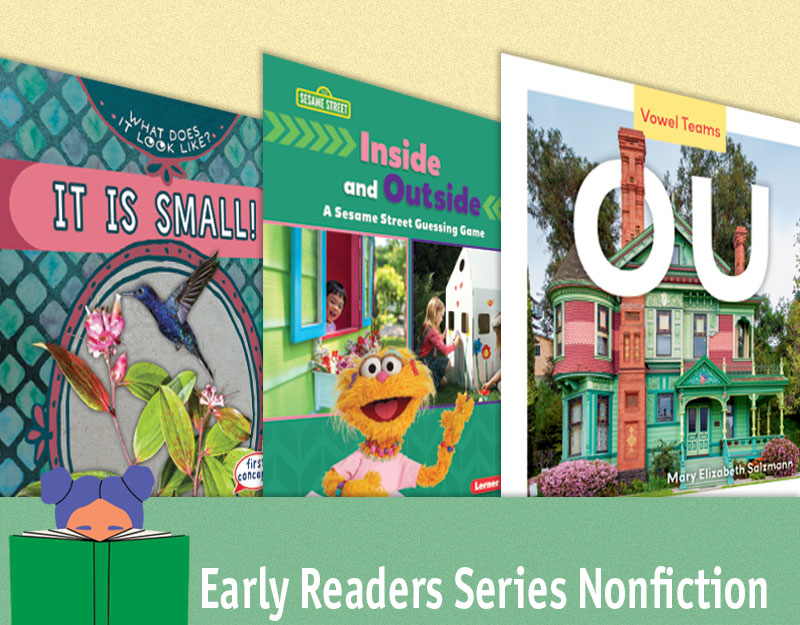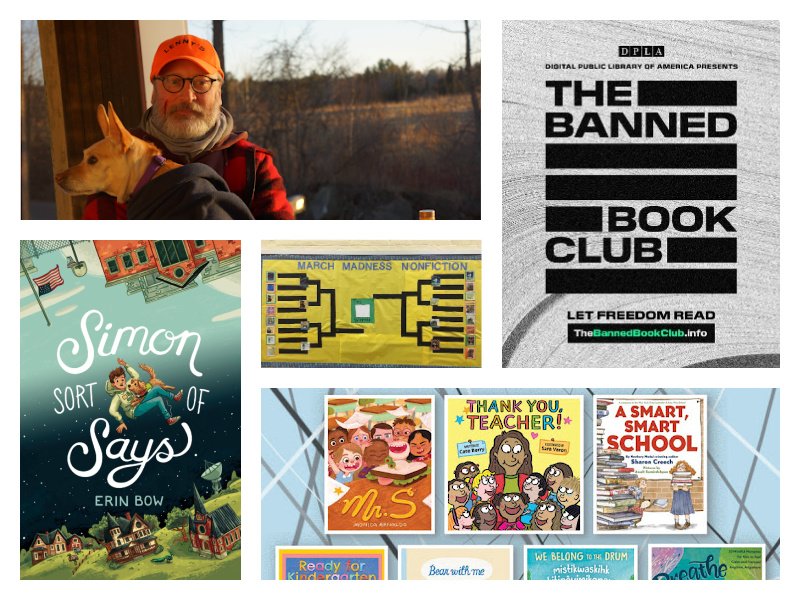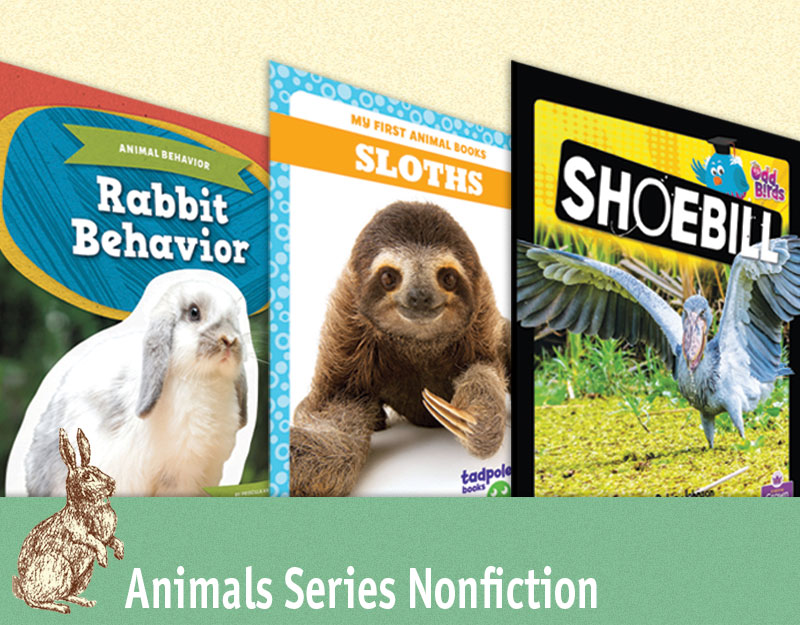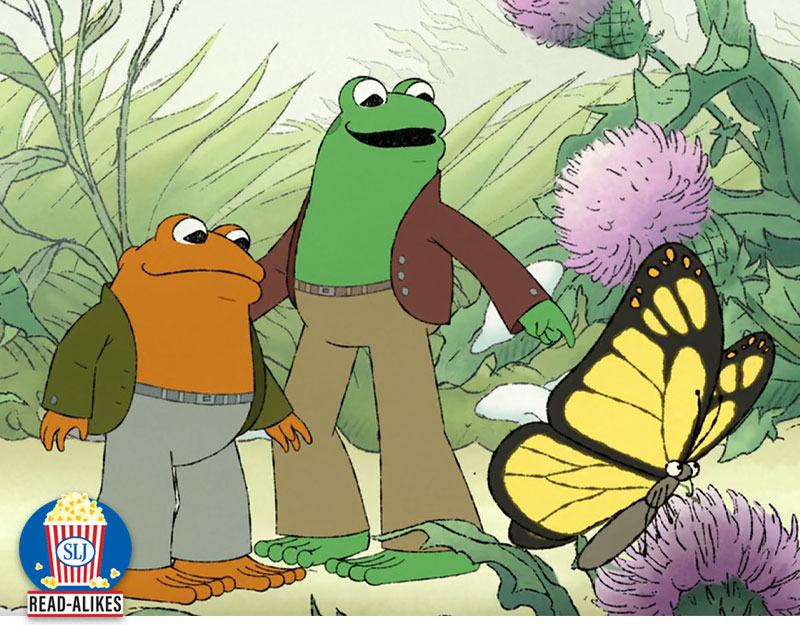Peaceweaver
- Rights and Responsibilities. Throughout much of the novel, Hild wishes to return home to her family and friends; she has no desire to become the Queen of Geatland, a place she neither knows nor cares about. And yet, by the end of the novel, she accepts the mantle of leadership despite the loss she knows accompanies it. Have students explore the rights and responsibilities of their own lives. When do they take on tasks or roles they would rather not, because they know it is their responsibility as a member of their family or school community? Have students also explore this question with their parents. How do their roles and responsibilities at work and home prevent them from seeking their own interests? Finally, think about Michelle Obama and other First Ladies over the past two decades, such as Laura Bush and Hillary Clinton. All three had careers prior to becoming First Lady. What, like Hild, did they give up? What did they gain?
- Female Warriors in Historical Fantasy. Hild knows how to weave and heal, as would be expected of a woman in her rank during the historical period in which the book is set. But she also knows how to wield a sword, thanks to both her father’s and her cousin’s efforts. Throughout the book, Hild gains confidence in her ability to take care of herself, and when faced with danger, man or monster, she jumps into the action, sword in hand. Have your students explore other female protagonists of historical fantasy, their sense of agency, and recurring motifs, such as the journey or special talents/gifts. By using the resources of your school and local library, students can self-select novels. You might want to students to explore the work of Tamora Pierce and Robin McKinley (see websites below), who write extensively for young people in this genre.
- A Well-Matched Couple? Have half the class read The Coming of the Dragon and the other half read Peaceweaver. You might assign students or provide them with the choice, as it would be interesting to see choices made along gender lines. When the books are done, place students in pairs, one student representing each book. Within the pairs, have students explore whether or not they think Wiglaf and Hild are well-matched for one another. Each pair will create a visual representation of the two protagonists, Wiglaf and Hild (3-D statues, models, or dolls or paired portraits), and present their thinking on the match, citing evidence from the books.
- Representations of Wiglaf. Have students explore two recent versions of “Beowulf,” including the graphic novel by Gareth Hinds (2007), the highly-illustrated retelling by Nicky Raven and John Howe (2007), or James Mumford’s spare illustrated text (2007). Next, have them explore the end of the actual “Beowulf” poem. What are some of the different ways Wiglaf has been represented? Which do they like best as a character? Which seems more “accurate” based on the poem? Next, have some groups read The Coming of the Dragon and some read Peaceweaver, and make final comparisons as a class on how Rebecca Barnhouse has crafted the character of Wiglaf.
- Anglo Saxon England. While the “Beowulf” poem is set in Scandinavia, it emerged from the Anglo Saxon culture of Britain during the 6th century AD. Many of the Anglo Saxon residents of post-Roman Britain came from Scandanavia and Germany. You can learn more about the single written copy of the poem, from the 11th century, at the British Library’s website (http://www.bl.uk/onlinegallery/onlineex/englit/beowulf/). Students can also hear Anglo Saxon, watching a clip from Benjamin Bagby’s performance, with titles (http://www.youtube.com/watch?v=Y13cES7MMd8). You can also learn more about the Anglo Saxons from the British Museum (http://www.bbc.co.uk/schools/primaryhistory/anglo_saxons/).
- Dark Ages Historical Fiction. You might want to engage your students in a genre study of medieval historical fiction, focusing on the early medieval period. Let author Rebecca Barnhouse once again be your guide. She has written a book for teachers entitled The Middle Ages in Literature for Youth: A Guide and Resource Book (2004). In it, Barnhouse reviews picture book and chapter book fiction and nonfiction set during different time periods within the approximately 1,000 years we call the Middle Ages. Be sure to consult with your school or public librarian; some of the books in the guide may be out-of-print, but new ones will have been published since 2004. By using your local library system, students may be able to self-select the historical novels they are most interested in reading. Depending on the number of students you teach, this may allow you to do this project without asking for additional funds.
- Retelling Traditional Tales. Rebecca Barnhouse has taken the “Beowulf” epic poem and used it for the basis of two historical fantasy novels. Your students may not be familiar with the “Beowulf” story prior to reading The Coming of the Dragon or Peaceweaver, but they most likely know some folk or fairy tales made popular in Europe and the United States by the Brothers Grimm. Using the Sur La Lune Fairy Tale website as your starting point, have students locate three picture book versions of a favorite folk or fairy tale. Have them compare and contrast the different representations of the story, drawing upon details in the text and the illustrations. Next, have them create more three-dimensional characters from the folk or fairy tale, and write their own original retelling in short story format. Make sure they pay attention to the craft of fiction, including dialogue. You can use Barnhouse’s books as their reference for a novelized retelling of traditional literature, but you may also suggest they read an additional text from one of the many novelized versions of folk and fairy tales listed on the Sur La Lune site.
- Creating a Trilogy. What comes next? Do Hild and Wiglaf manage to maintain peace for their people during their lifetimes? What happens to the kingdom of the Geats? Have your students write chapters that could belong in a third volume, making these two companion books into a triology. How does Mord react to Hild’s decision at the end of the book? Will Hild’s uncle persist in his plan to attack Geatland? Will Hild’s cousin Arinbjorn prevent such an attack? What about Garwulf, Hild’s love interest at the beginning of the novel? Will he play a role in students’ stories? Use nonfiction resources cited below, including Rebecca Barnhouse’s (2004) The Middle Ages in Literature for Youth: A Guide and Resource Book.
- Peaceweaver’s companion book is a retelling of the end of the “Beowulf” poem. In the novel, Barnhouse uses Wiglaf, the future King of the Geats, as the protagonist.
- This guide will help you select other novels, as well as picture books and nonfiction texts to use with your students.
- This graphic novel version of the epic poem holds great appeal for those who can handle the gory visual details.
- This is highly-illustrated but novel-length version of the epic poem.
- This highly-illustrated, short version of the epic poem draws heavily on the original Anglo Saxon language.
Please note that Peaceweaver will be available March 27, 2012.
Filed under: Fantasy, Fiction Chapter Books, Traditional Literature
About Mary Ann Cappiello
Mary Ann is a professor of language and literacy at Lesley University. A former public school language arts and humanities teacher, she is a passionate advocate for and commentator on children’s books. Mary Ann is the co-author of Teaching with Text Sets (2013) and Teaching to Complexity (2015) and Text Sets in Action: Pathways Through Content Area Literacy (Stenhouse, 2021). She has been a guest on public radio and a consultant to public television. From 2015-2018, Mary Ann was a member of the National Council of Teachers of English's Orbis Pictus Award for Outstanding Nonfiction (K-8) Committee, serving two years as chair.
ADVERTISEMENT
ADVERTISEMENT
SLJ Blog Network
2024 Books from Coretta Scott King Winners
The Ultimate Love Letter to the King of Fruits: We’re Talking Mango Memories with Sita Singh
Double Booking | This Week’s Comics
Parsing Religion in Public Schools
The Tortured Poets Department Poetry Party Part 2: DIY Frames for Your Instant Photos
ADVERTISEMENT







